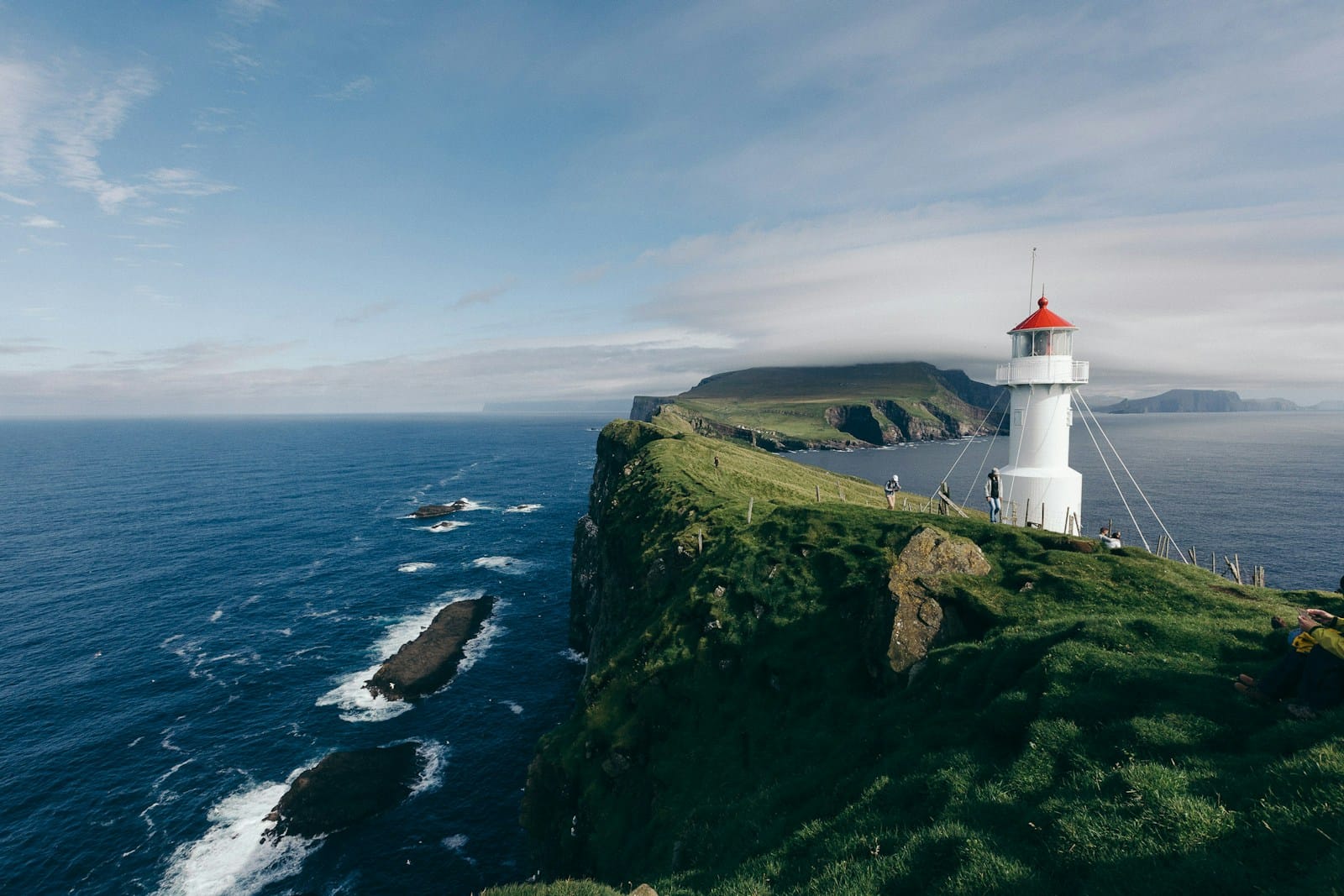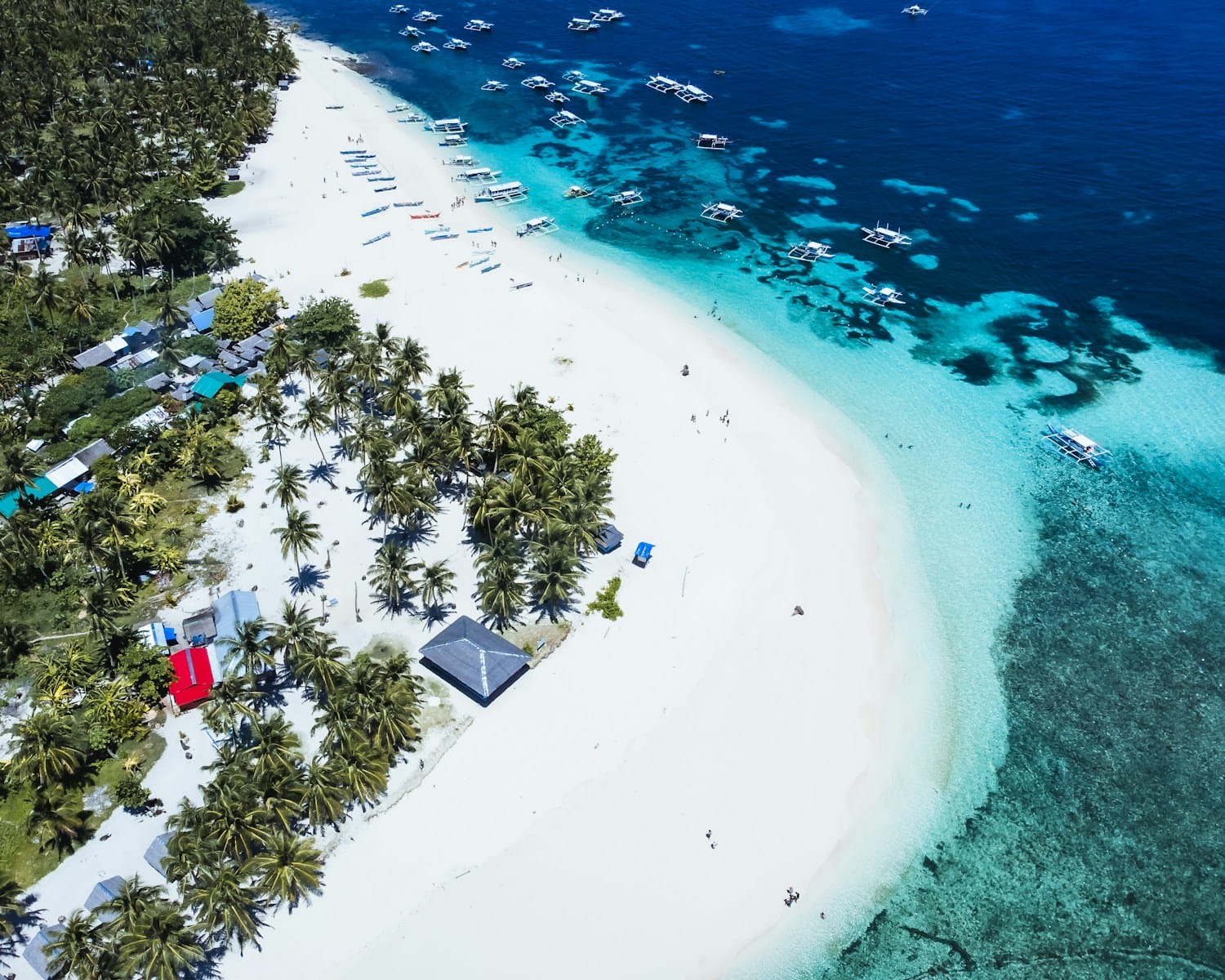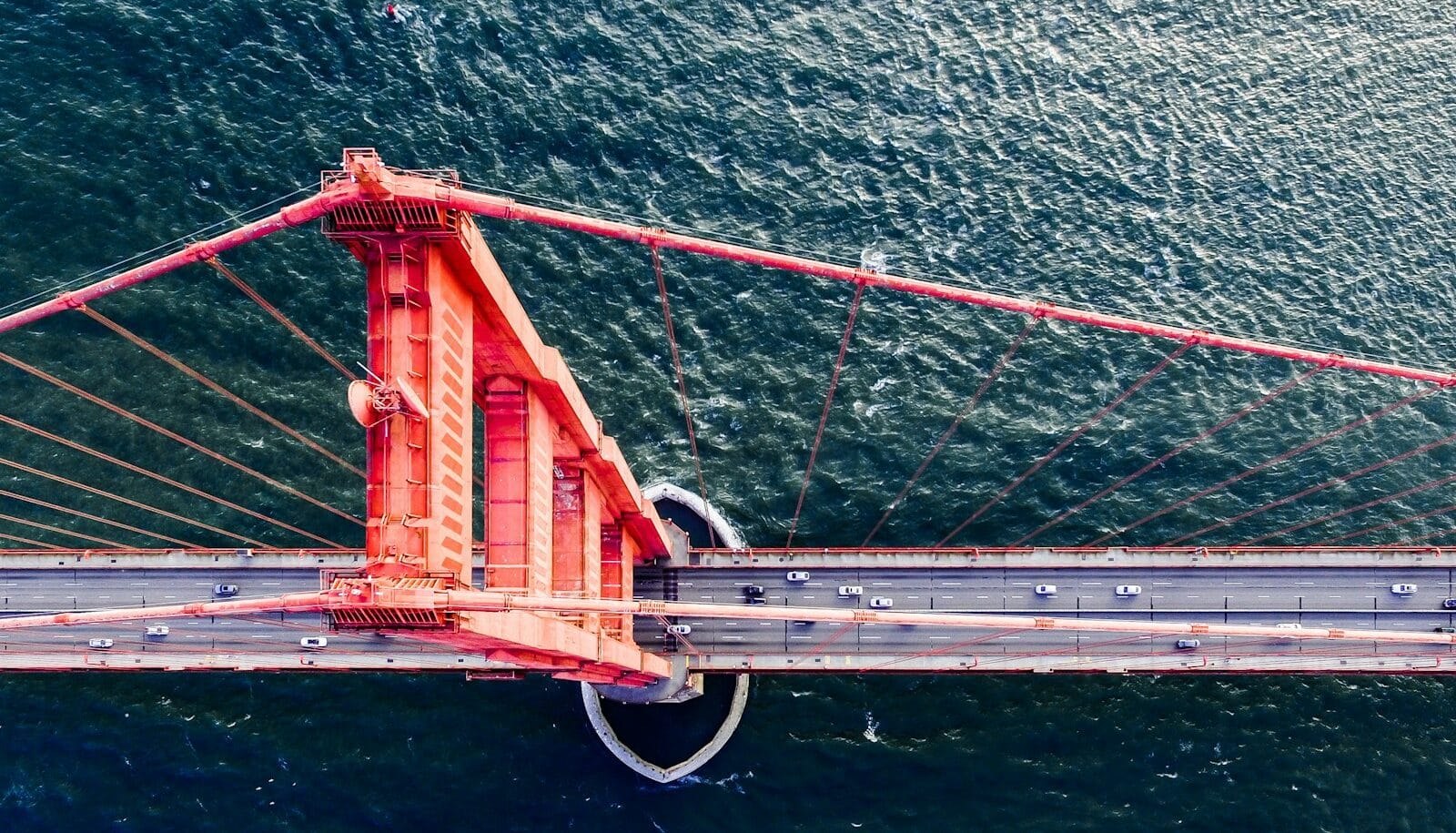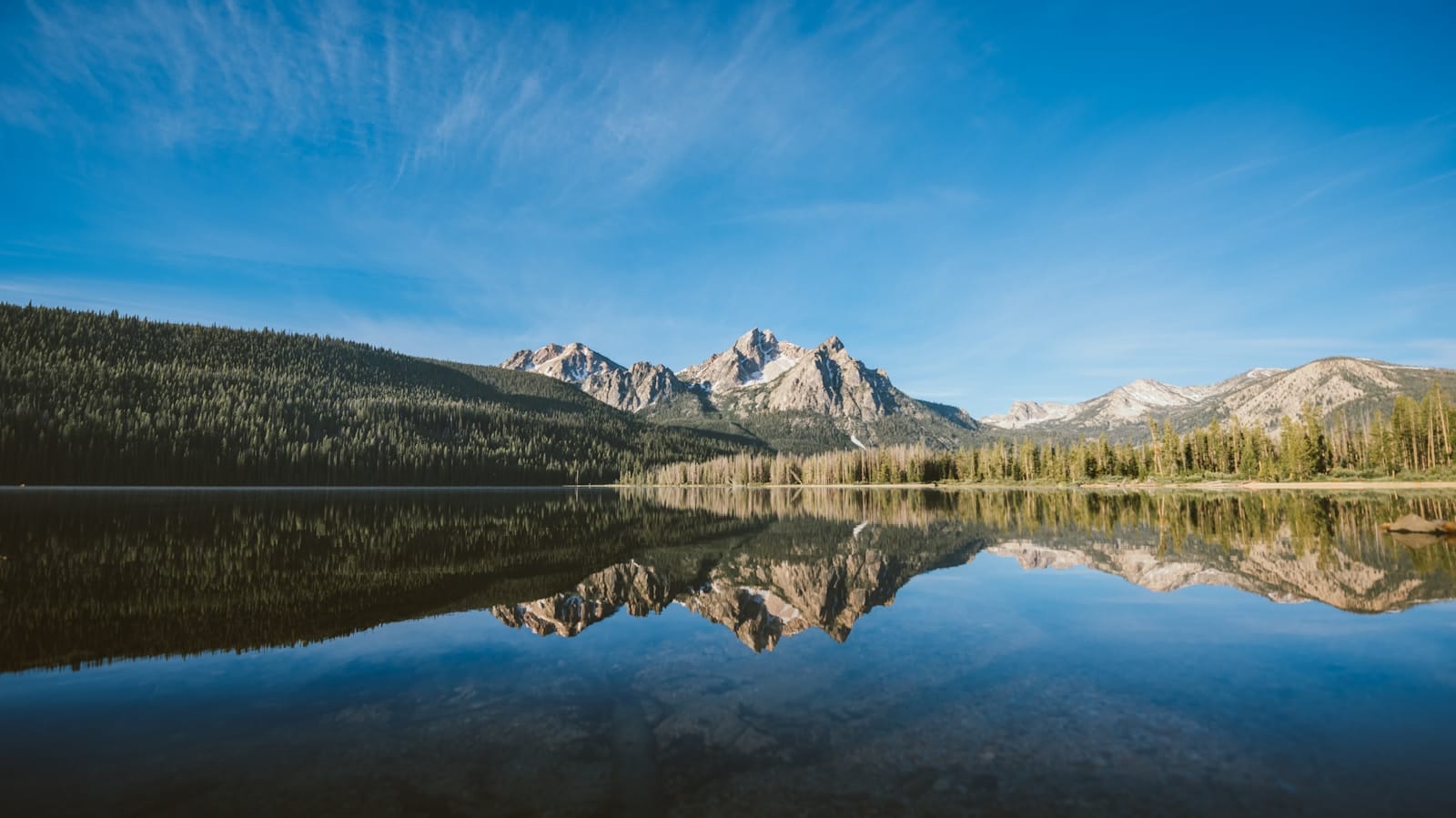Faroe Islands Travel Guide: Wild Beauty Beyond the Map
Intro to Faroe Islands Travel Guide
Hidden between Iceland and Norway in the North Atlantic, the Faroe Islands are a raw, windswept archipelago of turf-roofed villages, misty cliffs, and sheep-dotted hills. With only 50,000 residents and more puffins than people, this self-governing Danish territory offers a journey into a mystical world where nature always leads the way.
Start planning your journey with our complete Faroe Islands Travel Guide — covering the best time to visit, travel cost, regional highlights, top things to do, unforgettable Faroe Islands tours, and practical travel tips.
Looking for immersive Faroe Islands tours? From puffin safaris and waterfall hikes to remote island ferries, explore local-led adventures in our Faroe Islands Tours guide.
Where to Go in Faroe Islands
Eysturoy | Kalsoy | Kunoy | Mykines | Sandoy | Streymoy | Suduroy | Svinoy | Vagar | Vidoy
💡Quick Facts:
Destination: Faroe Islands
Continent: Europe
Country: Kingdom of Denmark (self-governing territory)
Administrative Division: None (archipelago of 18 islands)
City: Tórshavn (capital)
Area: 1,399 km² (540 mi²)
Population: ~54,000 (2025 est.)
Density: ~38/km²
Capital: Tórshavn
Regions/Subregions: Streymoy, Eysturoy, Vágar, Sandoy, Suðuroy, Northern Isles
Official & Regional Languages: Faroese (official), Danish (co-official)
Currency: Faroese króna (DKK, pegged to Danish krone)
Time Zone(s): GMT (UTC+0), DST UTC+1
Airports: Vágar Airport (FAE) – main international gateway
Climate: Subpolar oceanic – cool summers, mild winters, frequent rain, fog, and wind
Known For: Dramatic cliffs, birdlife, grass-roofed houses, remote hiking trails, traditional whaling, Atlantic Puffins
🛂Arrival Info:
Entry requirements: As part of the Kingdom of Denmark but outside the EU/Schengen, entry rules differ from mainland Denmark. Most visitors require a valid passport.
Visa-free countries: EU/EEA, Nordic passport holders, and selected others (e.g., U.S., Canada, Australia) for up to 90 days.
Visa-on-arrival: Not available; visas must be obtained in advance through Danish diplomatic missions.
Maximum stay: 90 days within 180 days for most visa-free travelers.
ETA: Not required.
Visa portal: Danish Immigration Service – Faroe Islands
Customs info: Faroese Customs
💉Health Info:
Vaccines: No special vaccines required; standard routine immunizations recommended.
Health risks: Low; no tropical diseases. Weather-related risks include hypothermia and slippery hiking trails.
Hospitals: National Hospital of the Faroe Islands in Tórshavn; regional clinics on larger islands.
English-speaking care: Available in major hospitals and clinics.
Emergency care: Well-equipped for basic and urgent treatment; serious cases may be evacuated to Denmark.
Insurance: Strongly recommended for medical evacuation coverage.
✅ Check travel insurance options for travel emergencies, delays, and medical needs abroad — Get coverage here
✅ Stay Informed with Official Updates: WHO – International Travel & Health | CDC – Travel health updates
🚨Travel Advisory:
Current alerts: None significant; occasional ferry/flight disruption due to weather.
General safety: Low crime rates; petty theft rare.
Local risks: Strong coastal winds, slippery rocks, and unpredictable weather.
Regional restrictions: None, but remote islands may have limited access during storms.
✅ Stay Informed with Official Updates: US Travel Advisory | UK Foreign Travel Advice
📅Holidays:
Ólavsøka: July 28–29 – National holiday celebrating Saint Olaf, with parades, sports, and cultural events.
Flag Day: April 25 – Commemorates the first hoisting of the Faroese flag.
Feast of St. John (Midsummer): June 24 – Traditional summer celebration.
Christmas: December 24–26 – Major family holiday, widespread closures.
New Year’s Day: January 1 – Public holiday, limited services.
💰Visitor Info:
Currency tips: Faroese króna banknotes; Danish coins also used. Both accepted interchangeably in the Faroes, but Faroese notes may not be accepted abroad.
Card use: Widely accepted in towns; carry cash for remote villages.
Tipping: Not customary; service included in bills.
Duty-free: Limited allowance for alcohol and tobacco.
Tourist taxes: None.
Average daily budget: Budget: €60–€90; Midrange: €120–€200; Luxury: €250+.
✈️Airports:
Vágar Airport (FAE): Only airport; located on Vágar Island, 47 km from Tórshavn.
Airlines: Atlantic Airways (flag carrier), SAS.
Destinations: Copenhagen, Reykjavik, Edinburgh, Bergen, Billund, seasonal European cities.
Transport: Airport shuttle bus, taxis, rental cars.
✅ Delayed or canceled flight? Check if you’re eligible for compensation
🚍Transport:
Local: Public buses in Tórshavn and inter-island routes; ferries and subsea tunnels connect most islands.
Ride-hailing: Not available; taxis must be booked by phone.
Inter-island: Ferries and buses; helicopters serve remote islands.
Driving: Right-hand traffic; foreign licenses accepted; caution in narrow, winding roads.
Car rental: Available at Vágar Airport and in Tórshavn.
Scams: None prevalent.
✅ Book reliable airport transfers and in-city rides in advance. Reserve your ride here
📶Connectivity:
SIM/eSIM: Available from Føroya Tele and Hey at shops and airports.
Coverage: Strong in towns, patchy in remote areas.
Wi-Fi: Free in many hotels, cafés, and public spaces.
✅ Stay connected abroad with affordable eSIM data packs. Get your eSIM here
📜Laws & Etiquette:
Alcohol: Legal drinking age 18; alcohol sold only in licensed stores (Rúsdrekkasøla Landsins).
Smoking: Restricted in public indoor spaces.
LGBTQ+: Legal and generally accepted.
Customs: Greet locals with a handshake; respect private land and farming areas.
Photography: Allowed; avoid photographing people without consent.
🛡️Emergency Info:
Emergency: Police/Fire/Ambulance – 112
Tourist assistance: Local police and visitor centers offer help.
Embassies: Represented through Danish diplomatic missions.
✅ Use embassy locator tools: Embassies Worldwide
🌦️Weather:
Climate: Mild winters (~3°C), cool summers (~11°C). Frequent rain, fog, and wind year-round.
Best time: June–August for milder weather and longer daylight.
Worst time: November–March for storms and limited daylight.
✅ Stay prepared—check the weather forecast for your destination — Weather Forecast
Faroe Islands by Region – Where to Go
Though compact, the Faroe Islands are composed of 18 volcanic islands with distinctive landscapes and atmospheres. Here’s how to explore by region.
Streymoy – Capital Island & Cultural Core
Home to Tórshavn, the world’s smallest capital, Streymoy blends old-world charm with urban amenities. Visit the historic Tinganes harbor, dine at Michelin-rated restaurants, and venture into nearby Saksun and Tjørnuvík for epic fjord views and turf-roof houses.
Vágar – Gateway to Iconic Landscapes
Landing at Vágar Airport, you’re immediately greeted by towering cliffs and the famous Múlafossur waterfall in Gásadalur. Vágar also hosts scenic Sørvágsvatn, the optical illusion lake that “floats” above the ocean.
Eysturoy – Mountain Peaks & Fjord Villages
Just north of Streymoy, Eysturoy is famous for the two highest peaks in the Faroes — Slættaratindur and Gráfelli. Villages like Gjógv offer breathtaking coastal hikes and natural harbors tucked into cliffside gorges.
Norðoyar (Northern Isles) – Rugged & Remote
Linked by subsea tunnels, the Northern Isles feature raw cliffs, bird cliffs in Viðoy, and Klaksvík — the second-largest town, ideal as a northern base. Kalsoy island, known for the Kópakonan (Seal Woman) statue, offers mystical folklore and panoramic treks.
Suðuroy – Off-the-Beaten-Path Adventure
The southernmost island is reached by ferry and offers some of the archipelago’s wildest nature. Think vertical sea stacks, sea caves, and windswept trails. Hike to the iconic Hvannhagi viewpoint and feel truly off-grid.
Top Places to Visit in the Faroe Islands
Cultural Capitals
- Tórshavn: Explore colorful harbors, the Nordic House cultural center, and cozy cafés.
- Klaksvík: A vibrant fishing town surrounded by peaks and fjords.
Nature Escapes
- Múlafossur Waterfall: One of Europe’s most surreal photo spots.
- Lake Sørvágsvatn: Hike to the floating lake viewpoint for mind-bending visuals.
- Hvannhagi, Suðuroy: Wild landscapes few tourists reach.
Historic & Cultural Sites
- Kirkjubøur: Visit the medieval ruins and the oldest wooden house still inhabited.
- Funningur Church: One of the oldest in the Faroes, beautifully set beside the fjord.
Island Treks & Viewpoints
- Slættaratindur: Climb the highest peak (880m) for unmatched island views.
- Kalsoy Hike: Trek to the Kallur Lighthouse for iconic photos.
How to Choose Where to Go in the Faroe Islands
If you’re limited on time, base in Tórshavn for urban comforts and easy day trips to Streymoy and Eysturoy.
Nature lovers should prioritize Vágar and Suðuroy for dramatic landscapes and hikes.
Photographers and adventurers seeking solitude should head to Kalsoy or the Northern Isles.
Combine regions like Vágar (arrival) + Streymoy (base) + a day trip to Suðuroy for an efficient one-week itinerary.
How to Get Around the Faroe Islands
Getting around is surprisingly seamless despite the rugged setting:
- Rent a Car: Best option for flexibility; all major islands are connected via tunnels and bridges.
- Public Buses: Coordinated under the national system (SSL), but limited on weekends.
- Ferries: Essential for reaching Suðuroy, Kalsoy, and other remote isles. Book early in summer.
- Helicopter Service: Government-subsidized chopper rides between islands — budget-friendly and scenic!
- Taxis & Tours: Useful for short trips or guided day tours from Tórshavn.
Travel Budget & Costs in the Faroe Islands
The cost to travel in the Faroe Islands skews toward mid-to-high due to its remote location:
- Budget travelers: $80–$120/day (hostels, groceries, public transit)
- Mid-range: $150–$250/day (hotel, rental car, 1–2 tours)
- Luxury: $300–$500/day+ (boutique stays, private guides, fine dining)
Sample costs:
- Car rental: ~$70/day
- Local meals: $15–$25
- Coffee/snack: $5–$8
- Ferry to Suðuroy (car + driver): ~$35
- Guided tours: $80–$200
Book accommodation and ferries in advance during summer.
Best Time to Visit the Faroe Islands
The best time to visit the Faroe Islands depends on what you’re after:
- May–August: Long days, green landscapes, peak season for puffins and festivals.
- September–October: Autumn colors, fewer tourists, great hiking.
- November–April: Short days, moody skies, chance of snow. Ideal for solitude and photography.
Special Events:
- G! Festival (July) – Music fest in seaside village of Gøta
- Ólavsøka (July 29) – National celebration in Tórshavn with rowing races, folk dress, and music
Must-See Experiences in the Faroe Islands
- Chase waterfalls: Múlafossur and Fossá waterfall are jaw-dropping highlights.
- Hike remote ridgelines: Reach Kalsoy’s lighthouse or the peaks of Eysturoy.
- Sail the sea cliffs: Join a boat tour to Vestmanna bird cliffs or sea caves.
- Experience Ólavsøka: Join locals for parades, concerts, and traditional clothing in Tórshavn.
- Visit Saksun & Gjógv: See fairytale villages framed by cliffs and rivers.
- Explore Kirkjubøur: Walk among ruins from medieval Christian history.
- Sample Faroese cuisine: Try fermented lamb, seafood stews, and rhubarb desserts.
- Ride a helicopter between islands: Unbeatable aerial views for a bargain.
Book immersive Faroe Islands tours and experience unforgettable things to do in the Faroe Islands — from sacred village rituals and misty hikes to sea arch voyages and cliffside viewpoints.
Best Travel Itineraries in the Faroe Islands
7-Day Highlights Route
Day 1–2: Arrive Vágar – Gásadalur, Sørvágsvatn
Day 3: Drive to Streymoy – Tórshavn, Kirkjubøur
Day 4: Explore Eysturoy – Gjógv, Slættaratindur
Day 5: Day trip to Kalsoy (Kallur hike)
Day 6: Ferry to Suðuroy – Hvannhagi
Day 7: Return to Tórshavn or Vágar Airport
10-Day Slow Travel + Hikes
Add: More time in Suðuroy, Klaksvík base in Norðoyar, additional village hikes.
Local Cuisine & Culinary Experiences
The Faroe Islands cuisine is rooted in preservation — fermented, dried, and pickled traditions meet modern gastronomy.
- Skærpikjøt – Fermented lamb, aged in open-air sheds
- Ræstur fiskur – Wind-dried cod
- Grindadráp dishes – Traditional pilot whale (ethically controversial, seen rarely today)
- Rhubarb cake & Faroese pancakes – Cozy café fare
- Seafood chowders – Warm, hearty meals using local catch
For food lovers, book a Faroe Islands food tour or dine at KOKS, the world-famous 2-star Michelin restaurant (note: closed in 2025 for relocation).
Travel Safety & Cultural Etiquette in the Faroe Islands
- Safety: Very safe, low crime. Weather changes quickly — always hike with gear and maps.
- Road Safety: Sheep often cross roads — drive cautiously, especially in fog.
- Local Etiquette: Greet hosts, respect private land (even if unfenced), and ask before photographing locals.
- Language: Faroese and Danish spoken; English is widely understood.
- Dress Code: Layers and windproof jackets are essential — even in summer.
- Weather Tips: Pack waterproof boots and prepare for “four seasons in a day.”
Easy Day Trips in the Faroe Islands
- Mykines Day Trip: Puffins and dramatic cliffs (summer only).
- Kalsoy Excursion: Lighthouse hike and legend of the Seal Woman.
- Vágar Day Drive: Gásadalur, Múlafossur, Trælanípa, Sørvágsvatn.
Where to Go Next – Pair the Faroe Islands with These Destinations
- Iceland: Short flight; combine otherworldly volcanic landscapes and geothermal spas.
- Scotland: Connect by ferry or flight; discover Celtic culture, whisky trails, and rugged coasts.
- Denmark: Fly to Copenhagen to explore Scandinavia’s modern cultural capital.
- Norway: Continue your Nordic adventure with fjords, peaks, and Oslo’s museums.
Explore more:
- Iceland Travel Guide – Epic nature and road trips await
- Scotland Travel Guide – Castles, highlands, and cozy pubs
- Denmark Travel Guide – Hygge living and Viking roots
- Norway Travel Guide – Arctic wonders and scenic train rides
Final Planning Checklist for the Faroe Islands
- Finalize routes between Vágar, Streymoy, and Suðuroy
- Reserve ferries, car rental, and key accommodations early
- Download offline maps and the SSL bus/ferry schedule app
- Prepare for rain and wind: waterproof clothes, layers, drybags
- Pack power banks, offline guides, and camera gear
- Confirm passport validity (no visa needed for Schengen nationals)
- Exchange Danish Krone (DKK) or prepare cards — cash is rarely needed
- Respect nature: stick to trails, don’t disturb wildlife or turf roofs
Explore the Faroe Islands with confidence using our trusted tips, local insights, and region-by-region planning tools.










